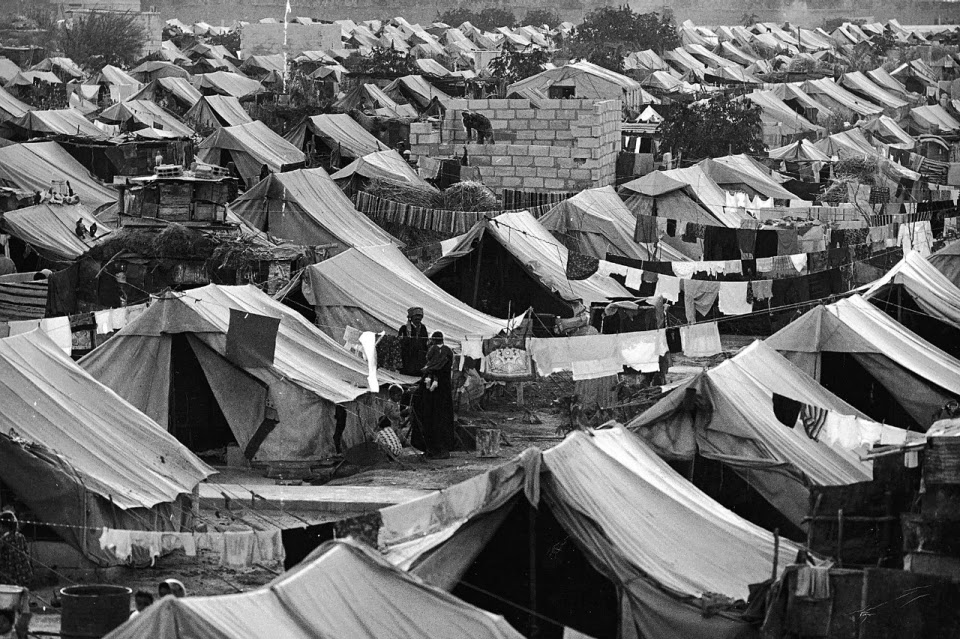When considering restitution and reparation processes, we find that, historically, juridical strategies have provided remarkably fewer reparations than the administrative processes have done. These administrative remedies have involved a variety of institutions and methods, ranging from corporations paying compensation to institutions in the name of holocaust victims,[1] and including the UN’s Iraq Conciliation Commission, paying out directly to affected parties. Some processes have been local and focused on reconciling the pain, suffering, loss and costs to victims in a single country, such as the South African Truth and Reconciliation Commission and the Moroccan Equity and Reconciliation Commission (Instance Équité et Réconciliation [IER]), even though that has not delivered "reparations” in the legal sense. Cumulative experience has developed five principle transitional justice mechanisms (trials, truth commissions, amnesty, lustrations, or reparations).
Theoretically, transitional justice complete involves five processes, although in no rigidly prescribed order:
- Remembrance, documentation and acknowledgement of the pain, suffering, loss, motivations, etc., in order to reconstruct the broken past to determine the duties and violations (including breaches and crimes), especially with an eye to procedures and standards of evidence sufficient for adjudication;
- Dialogue and reconciliation between and among parties involved in an effort to uphold the other efforts of transitional justice;
- Prosecution of the duty holders to ascertain personal liability, state obligation, state liability, state responsibility, war crimes, crimes against humanity, etc.;
- Reform of abusive institutions;
- Reparation, according to the seven elements defined in the corresponding UN General Assembly resolution.[2]
[1] C.f.: Norman Finkelstein, The Holocaust Industry: Reflections on the Exploitation of Jewish Suffering (London: Verso Books, 2000).
[2] "Basic Principles and Guidelines,” op cit.



